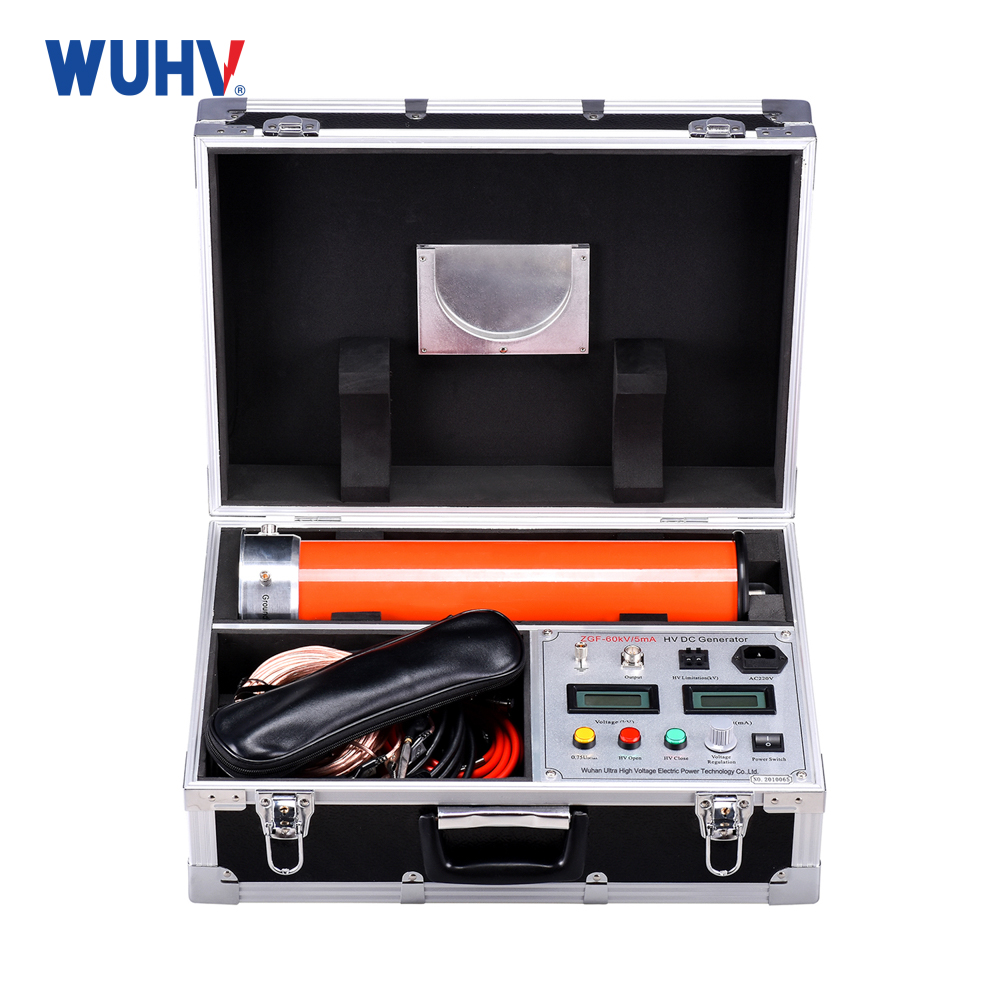The series resonance under Wuhan UHV can help many power workers more conveniently conduct various power tests.

The working mechanism between the four components of series resonance (excitation transformer, voltage divider, variable frequency power supply, and high-voltage reactor) is coordinated and closely coordinated, jointly realizing the resonance phenomenon in the circuit. Here is a detailed explanation of how they work together:
1. Variable frequency power supply
Function: The variable frequency power supply is the control center of the entire series resonant device, which converts 220V/380V, 50HZ power supply into frequency adjustable and continuously adjustable voltage output. This adjustability allows the variable frequency power supply to adjust output parameters according to different experimental or measurement needs to achieve the best resonance effect.
Working mechanism: The variable frequency power supply adjusts the output frequency and voltage through internal circuit control. In a series resonant circuit, the output voltage of the variable frequency power supply is first boosted by an excitation transformer, and then supplied to the high-voltage reactor and the test object. At the same time, the variable frequency power supply is also responsible for monitoring parameters such as voltage and current in the circuit to ensure the safe operation of the circuit.
2. Excitation transformer
Function: The main function of the excitation transformer is to boost the voltage output by the variable frequency power supply to meet the needs of high-voltage testing or measurement. At the same time, it can also play a role in isolating high and low voltage, ensuring the safety of the circuit.
Working mechanism: When the variable frequency power supply outputs a certain voltage, the voltage first enters the excitation transformer. The excitation transformer converts the input low voltage into high voltage through its internal electromagnetic induction principle. This high voltage is then supplied to the high-voltage reactor and the test object to generate resonance phenomenon.
3. High voltage reactor
Function: The high-voltage reactor plays a crucial role in series resonance with the capacitive sample in the series resonant circuit. By interacting with capacitors, high-voltage reactors enable the circuit to reach a resonant state at a specific frequency.
Working mechanism: High voltage reactors are connected in series with capacitive test samples (such as cables, motors, etc.). Under the action of variable frequency power supply and excitation transformer, the voltage and current in the circuit change. When the impedance of the inductance (high-voltage reactor) and capacitance (capacitive test sample) in the circuit are equal, resonance occurs in the circuit. At this point, the voltage and current in the circuit reach their maximum values, enabling testing or measurement of the test object.
4. Voltage divider
Function: The voltage divider is used to measure the high voltage and low voltage values on the regulator. It can divide high voltage into measurable low voltage, making it convenient to accurately measure and monitor the voltage in the circuit.
Working mechanism: The voltage divider is connected in parallel to the test object, and through its internal resistance voltage divider principle, the high voltage is divided into a measurable low voltage. This low voltage is then fed into measuring instruments (such as oscilloscopes, voltmeters, etc.) for real-time monitoring and recording of voltage in the circuit. At the same time, the voltage divider also plays a role in overvoltage protection. When the voltage in the circuit exceeds the set value, the voltage divider will issue an overvoltage protection signal to ensure the safe operation of the circuit.
In summary, the four components of series resonance work together and cooperate with each other to achieve resonance in the circuit. They each play important roles and are interdependent and mutually influential, ensuring the stable operation and accurate measurement of the circuit.



















